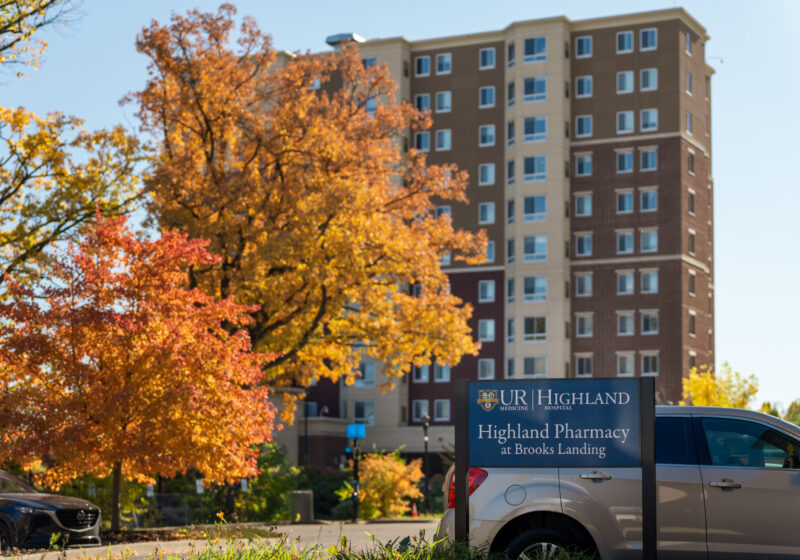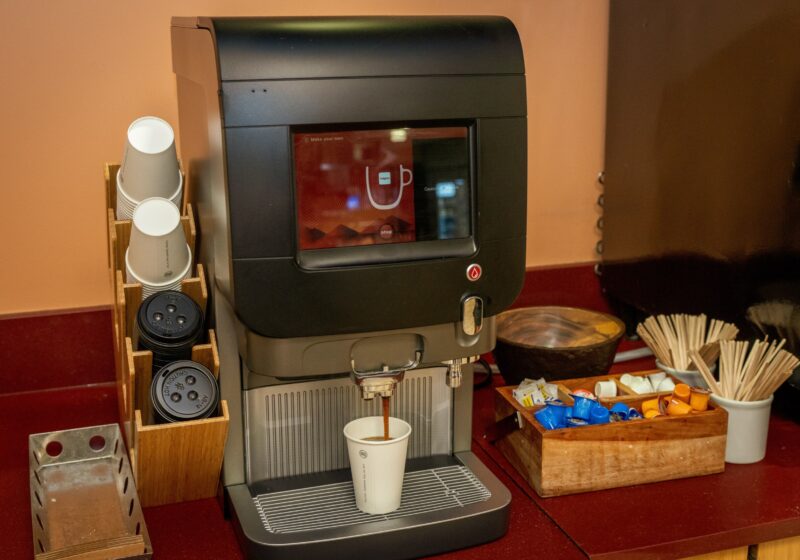“Mine house shall be called an house of prayer for all people.”
The preceding inscription serves as a welcome to the UR’s Interfaith Chapel. Although you may pass this familiar building on a daily basis, its rich history is probably unknown to you, and you may ask yourself: What purpose does this building serve? Why was this building created?
The story begins back in the 19th and early 20th century, when religion played a significant role in one’s academic life at UR. Although training for the ministry was not the University’s main objective, students partook in days of prayer, actively participated in denominational worship and daily chapel was mandatory. Following World War I however, the University experienced the increasing secularization of society. The class of 1917 failed to produce even one candidate for the ministry and, by the year 1927, attending mass was no longer obligatory. Cornelis Willem de Kiewiet, president of the University at the time, became concerned with the diminishing religious situation and quickly acknowledged the need for a chapel.
The wheels were set into motion when Gilbert McCurdy, a University trustee, and his wife Virginia decided to generously invest their resources to create a pleasant haven which they hoped would renew the campus’s religious affinity. The McCurdys were involved in every aspect of the building, even requiring the builders to share their passion of faith. He stated that, “the structure itself shall speak to all who see it and enter it of our fundamental faith in, and dependence on, Almighty God… Since religion is of primary importance in life, it must be apparent that the chapel has been so considered by its builders.”
As the name suggests, the Interfaith Chapel houses several different religions, which directly reflects on its objective of promoting diversity – a goal that the chapel is working toward to this day. The Chapel offers services in Catholic, Jewish, Muslim, Protestant and many other faiths, including Baha’i and Buddhism, and a schedule can be found at www.rochester.edu/chapel/index. Administrative Assistant at the Interfaith Chapel Eileen Bruton stated that the promotion of diversity has been, and is, the Chapel’s number one priority. “We’re going to be getting a new director probably by November and, with that thought in mind, we are going to try to encompass a lot more of the different faith traditions,” she said.
The Chapel offers a friendly atmosphere with each faith cordially inviting anyone and everyone on campus to attend their services and programs. Bruton states that the students of UR prove to be the Chapel’s driving force: “We couldn’t do anything without the students.” Since its opening 37 years ago, the Interfaith Chapel has continued to grow and expand, attaining and even surpassing McCurdy’s original vision: “This is a House for prayer and worship. May all who enter find within the help they seek. Thus will our dream come really true.”





